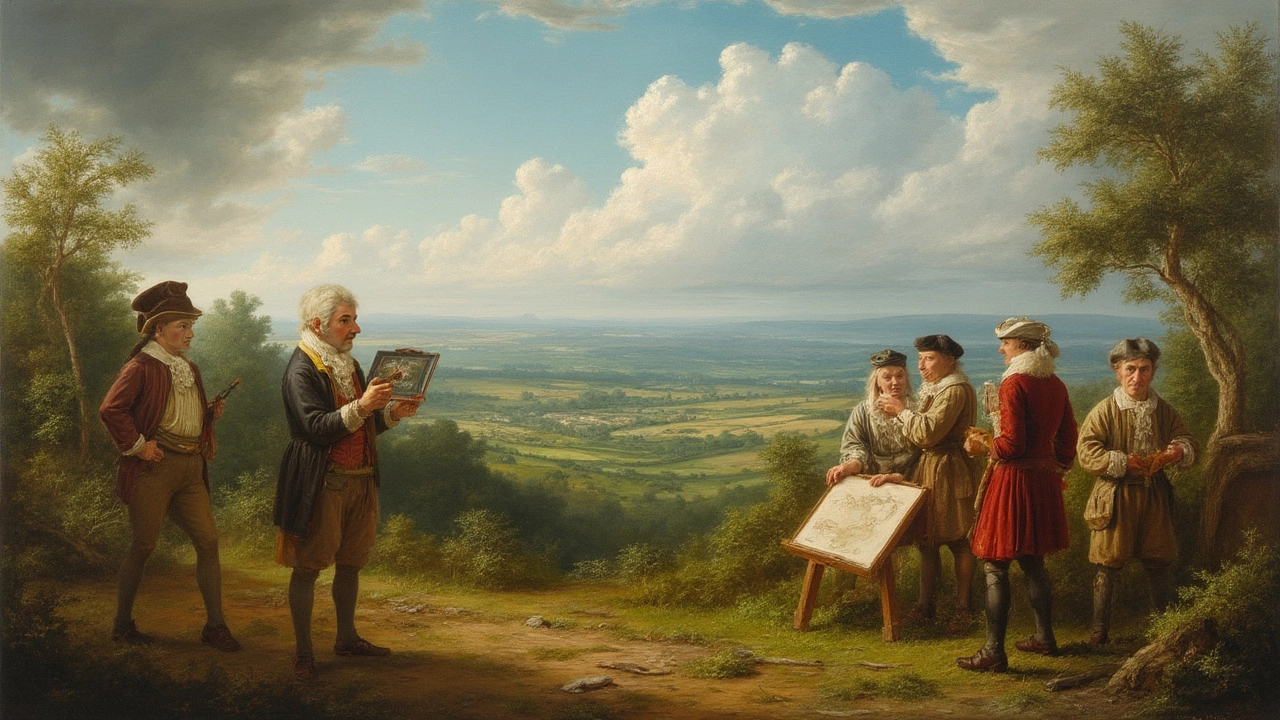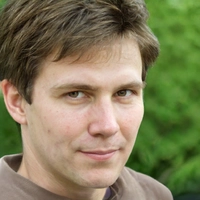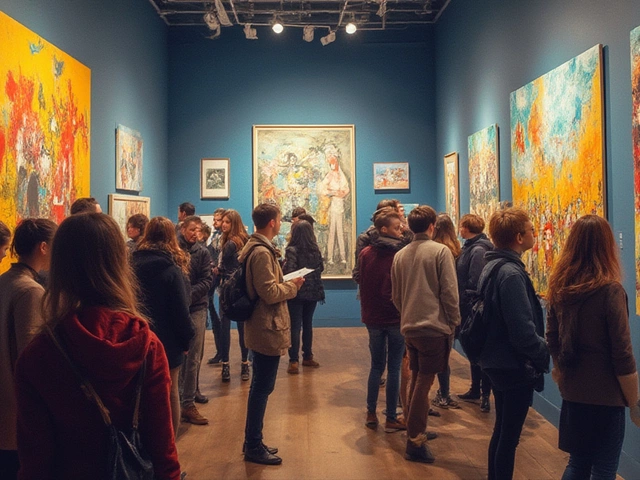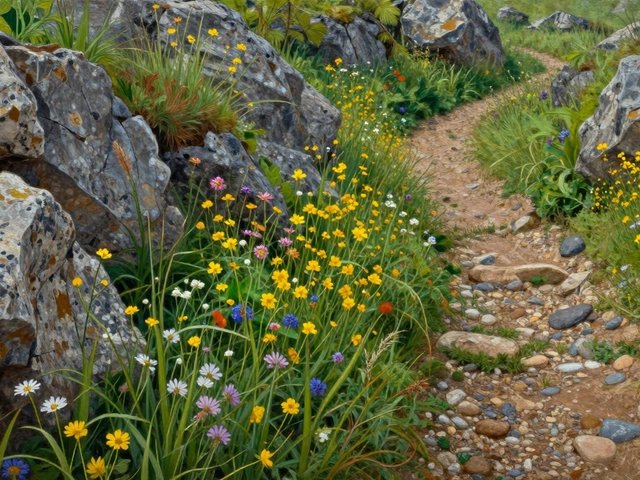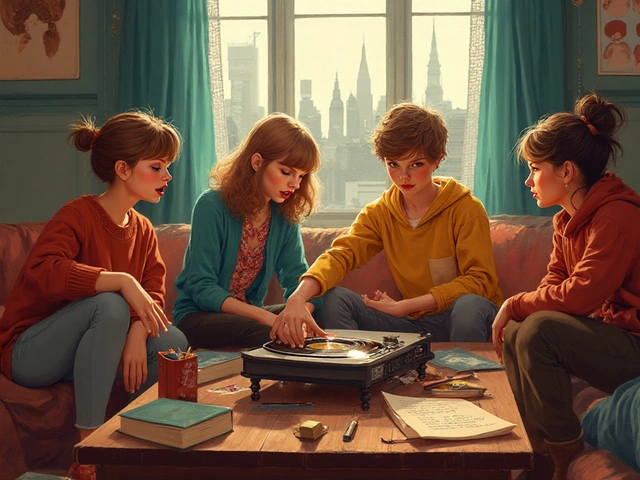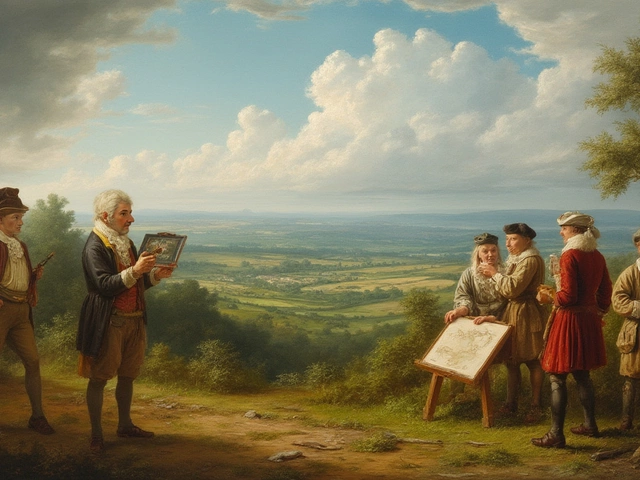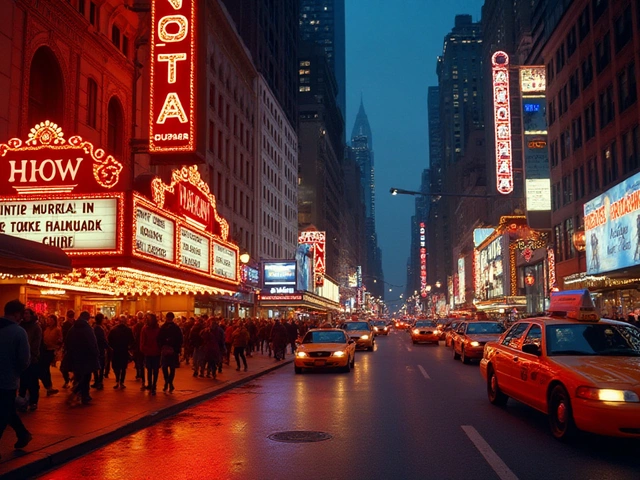Imagine strolling through a museum and stumbling upon a painting that makes you stop in your tracks. There’s a sweeping meadow, dramatic clouds, distant mountains, and maybe even a meandering river reflecting the hazy sky. That feeling—like you could step into the scene and feel the grass beneath your feet—is the magic of landscape painting. But before this art form became a star in galleries from London to New York, there was a time when landscapes were little more than bland backgrounds for biblical dramas and royal portraits. So how did landscape painting become a thing of its own, and who gets credit for starting the trend?
The Ancient Roots and Early Attempts at Depicting Land
When you look back to ancient art, you’ll spot hints of landscapes hiding behind the main subjects. Egyptians focused on gods and pharaohs—fields and rivers played backup. The Greeks dabbled with nature scenes in their murals, and the Romans painted the world around them with a bit more gusto, tossing in villas and lush garden scenes on their walls. But none of these ancient artists were pushing nature to the front of the line. It was always about people, myths, or power. The landscape itself was just the visual equivalent of stage curtains.
Fast forward to the Middle Ages, and not much had changed. Art across Europe was all about religion. Landscapes peeked through stained glass windows or in illuminated manuscripts, but always as accessories. Try flipping through old illustrated bibles or looking at early church frescoes—chances are the trees and hills exist just to hold up the halos and the heavenly hosts. Medieval artists rarely painted nature by itself, partly because their society saw the wilderness as wild, dangerous, and best left tamed or ignored. Nature didn’t yet have its own fan club.
Whispers of change started popping up in the works of 14th-century Chinese artists, like Wang Wei and later Fan Kuan with their stunning shan shui (mountain-water) scrolls. Over in Europe, Giovanni Bellini and his Venetian peers edged a bit closer with religious scenes that finally gave more space to fields and skies. But even then, the central action was still about people—saints, sinners, and the occasional angel—stealing the spotlight.
By the time you reach the Renaissance, with Leonardo da Vinci’s swirling backgrounds or the mysterious vistas behind a lady called Mona Lisa, landscapes are starting to buzz with life. Da Vinci and his rivals experimented with atmospheric perspective, making distant hills look hazy to the eye—tiny details that future landscape painters would dissect and push to the next level.
But if you were hoping for some grand, solitary celebration of the land itself, you’d have waited until the restless Dutch of the 16th and 17th centuries made it official: paintings where the land didn’t just fill the background but stole the show.
The Dutch Golden Age: Shifting Focus to Pure Landscape
Picture this: it's the early 1600s, and the Netherlands is buzzing. Merchants sail the world, tulips are traded like Bitcoin, and Protestant reforms have turned religious art on its head. Suddenly, there’s this hunger for something a little less holy and a lot more relatable—art that celebrates the real world. That’s when Dutch painters threw themselves into capturing their windmills, canals, and moody skies.
Artists like Jan van Goyen, Jacob van Ruisdael, and Meindert Hobbema weren’t shy about ditching biblical scenes to show off the wide marshes and thick forests outside their windows. Their works aren’t just beautiful—they’re deeply local, soaked in Dutch rain, dotted with familiar sheep or scrappy farmhouses. Ruisdael’s "The Jewish Cemetery" piles drama on top of drama with angry clouds and crumbling stone. Van Goyen’s river scenes are so misty you’d swear you can smell the sea.
The Dutch didn’t invent the idea of painting what they saw, but they did turn it into a cultural obsession. Regular folks wanted art that reminded them of home—not just the aristocracy’s castles, but actual life. Landscape painting shifted from a novelty to an art form in its own right. During a single decade in the 1650s, hundreds of these landscapes made their way from studios to homes and taverns. Ruisdael, by some estimates, churned out over 700 paintings in his career—that’s more than two per week.
Here’s the wild part: the Dutch weren’t alone. Over in Italy, France, and England, other artists started taking notes. The landscape painting craze began to ripple outward, giving rise to new national styles. Some leaned classical, crafting imaginary ancient ruins into their scenes. Others stayed true to what was right outside their door.
Still, even as the Dutch Golden Age painted the world around them, there was someone else bubbling up—someone whose name would get woven into arguments about the true "father" of landscape painting.
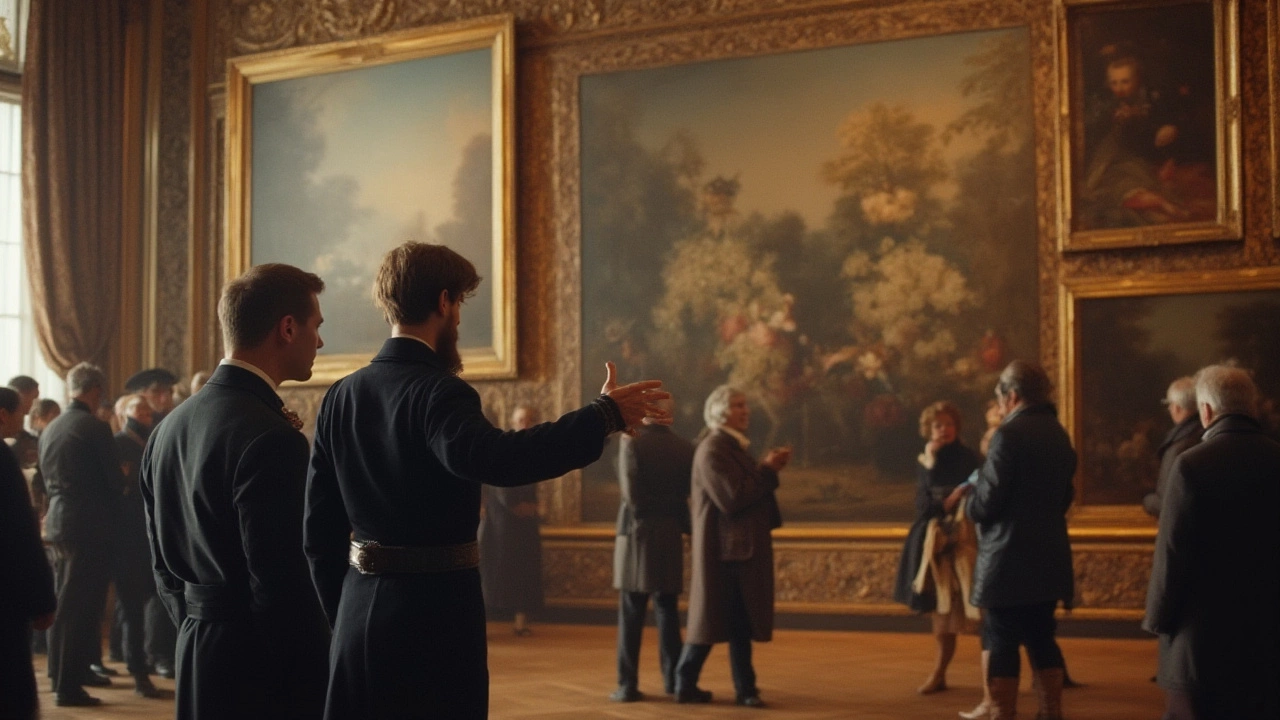
The Case for Claude Lorrain: The Illusive Father of Landscape Painting
Most textbooks will slide in the name Claude Lorrain (born Claude Gellée, from the Lorraine region of France) as the guy who changed everything. Working in Rome from the 1620s onward, Claude became obsessed with light and atmosphere. He didn’t just paint what he saw—he imagined sweeping, golden landscapes dripping with classical nostalgia. Imagine hazy mornings by ruined temples and tiny shepherds lost among massive trees. Claude’s landscapes weren’t real, but they sure felt aspirational, almost like postcards from a dreamier world.
Here’s why folks call *Claude Lorrain* the father of landscape painting: he was one of the first Europeans to sell scenes where nature—not people, not stories—was undeniably the star. His collectors loved the way he balanced sky with land, how rivers drew the eye into the distance, and how warm, honeyed sunlight spilled over the scenery. The English painter J. M. W. Turner actually said that looking at Claude’s work was like “entering heaven.” That’s high praise from someone who reinvented skies himself.
Claude also did something sneaky-smart: he mixed nature with fantasy in a way that became irresistible to other artists and buyers. He filled dozens of sketchbooks with studies of Roman ruins and ancient trees, then mashed those snippets into canvases back in the studio. You can spot his influence in everything from Turner’s stormy sunsets to the English landscape gardens at Stourhead, which were literally designed to look like stepping into a Claude painting.
In case you’re into numbers: by the time of his death in 1682, Claude had painted well over 200 landscapes, and his prints circulated all across Europe. Collectors considered them must-haves, and kings tried to outspend one another to snag the newest piece for their palaces.
But not everyone agrees that Claude should wear the crown. There’s plenty of debate about whether he was following the lead of Dutch artists, or if his brand of fantasy landscapes makes him more of a dreamer than a documentarian of the world. Still, if you poke around any serious museum, you’re going to see Claude honored in a way that puts him at the top—or very near it—of the landscape pantheon.
Challengers, Contenders, and Unsung Innovators
The father of landscape painting debate doesn’t end with Claude. Dutch legend Jacob van Ruisdael’s moody, atmospheric scenes are so iconic that some experts insist he stands shoulder to shoulder with the Frenchman. Van Ruisdael painted weather like nobody’s business. Rolling clouds, spindly trees, and windswept fields—his works look alive, almost touchable. You’ll often hear that he “painted air.” It’s a compliment and a truth. And let’s not forget China’s Fan Kuan, whose vast "Travelers among Mountains and Streams" (around 1000 AD) pulls you right into misty peaks and ancient forests, centuries before Europeans caught up.
Then there’s Albrecht Altdorfer, a German Renaissance painter who deserves a bigger shout-out. His 1522 painting "Danube Landscape near Regensburg" is often called the first standalone landscape in Western art. Unlike everyone else, he didn't bother with holy figures or dramatic events—just a river, trees, and that wild, open sky. Pretty radical for the 16th century!
Fast-forward to the Romantic era, and John Constable and J. M. W. Turner each tried to grab the title in their own way. Constable’s "The Hay Wain" (1821) is about as English as a cup of tea and rainy afternoon. Turner, on the other hand, blew up the sky and water with color explosions that seemed to swallow the figures whole. He once joked that he wanted to “paint light itself”—and who are we to argue?
If you go even wider, Japanese ukiyo-e masters like Hokusai and Hiroshige filled woodblock prints with Mount Fuji, rivers, and giant waves. These artists influenced French Impressionists, who took landscapes to Parisian parks and sleepy countrysides. It’s all one big chain reaction of artists riffing on the land and selling that vision to eager collectors. And let’s not forget the landscape pioneers in North America—guys like Thomas Cole, who helped invent a uniquely American style with the "Hudson River School," painting the wilderness as almost holy ground.
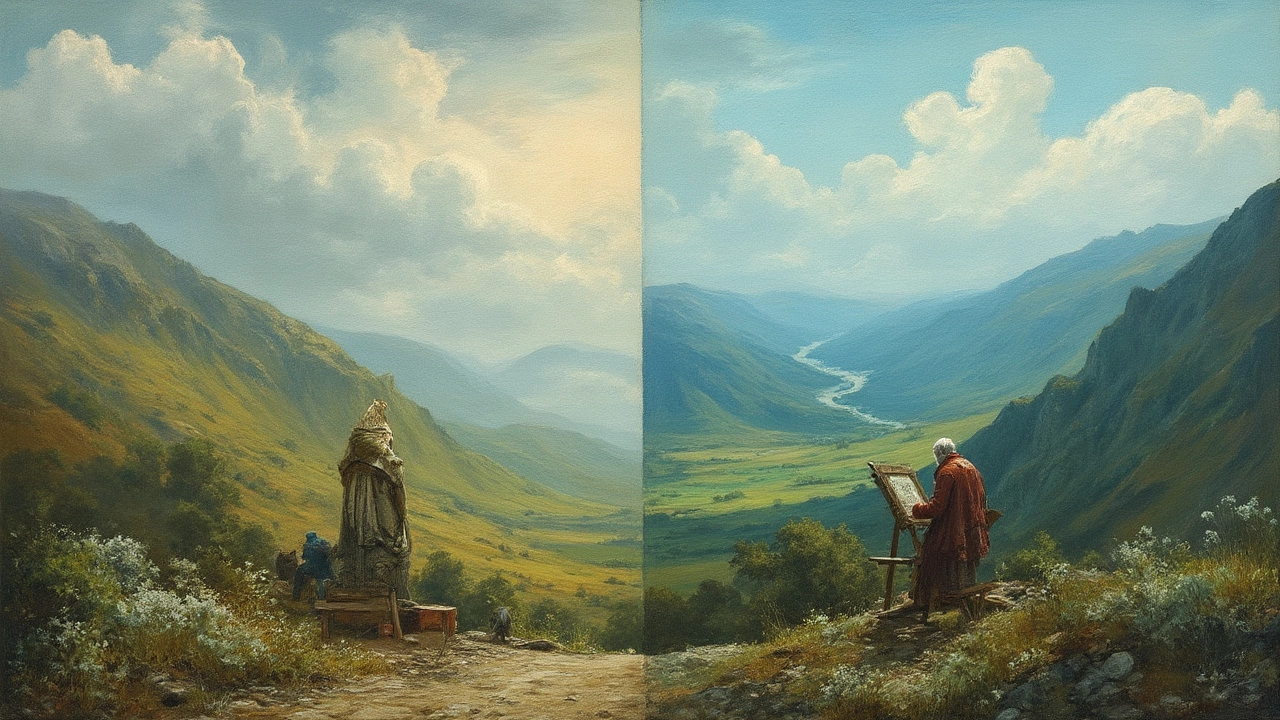
Why the Debate Still Matters and What Modern Artists Can Learn
So, who really deserves to be called the father of landscape painting? Honestly, it’s more complicated than picking a single genius. Claude Lorrain gets most of the official nods, but it’s the mash-up of artists and their quirks that really pushed landscape painting into the spotlight. Each era, each country, had superstars who took the idea further. And every fan, art historian, or critic has their favorite. The conversation itself is the point—one that’s still going on, even now.
| Painter | Era | Region | Signature Style | Estimated Works |
|---|---|---|---|---|
| Claude Lorrain | Baroque (17th c.) | France/Italy | Dreamlike, golden light | 200+ |
| Jacob van Ruisdael | Dutch Golden Age | Netherlands | Dramatic, atmospheric skies | 700+ |
| Albrecht Altdorfer | Renaissance (16th c.) | Germany | Early standalone landscape | 100+ |
| Fan Kuan | Song Dynasty (11th c.) | China | Misty mountain-scapes | Unknown |
If you’ve got an itch to start painting landscapes, don't sweat “getting it right” by classical standards. The old masters usually worked outdoors in sketchbooks, then finished paintings in their studios. If you love the moody skies of van Ruisdael or the theatrical sunlight of Claude, there’s no rule saying you can’t blend their tricks. Grab a sketchpad, visit a park, or pull up a photo of your favorite road trip spot. The most celebrated landscapes start with real places but add a dash of the artist's own mood or memories.
- Look for the light first—a trick every legend uses. Is it harsh or soft? Warm or icy?
- Don’t be afraid of "less." Sometimes, a single tree or dramatic sky says more than a crowd of details.
- Steal from the masters. Study how Claude Lorrain uses layers or how Ruisdael composes clouds. There’s no shame in remixing history to fit your style.
- Play with color and atmosphere. Even modern landscape painters take cues from Turner’s wild palettes or the foggy mysteries of Chinese ink art.
- Try sketching outside for a while—most breakthroughs happen when you’re working from life, not a screen.
So landscape painting didn’t spring from a lone genius, but from a mash-up of talent, taste, and timing across centuries and continents. The “father” of the genre? Let’s just say he—and sometimes she—keeps changing faces, adding new wrinkles to the story along the way. One thing’s for sure: the view from the canvas is still wide open.
